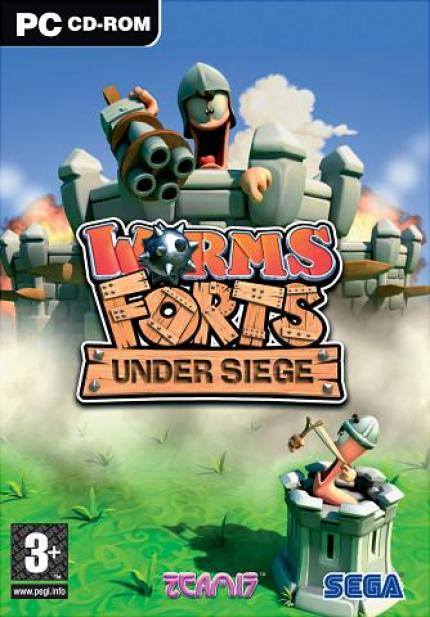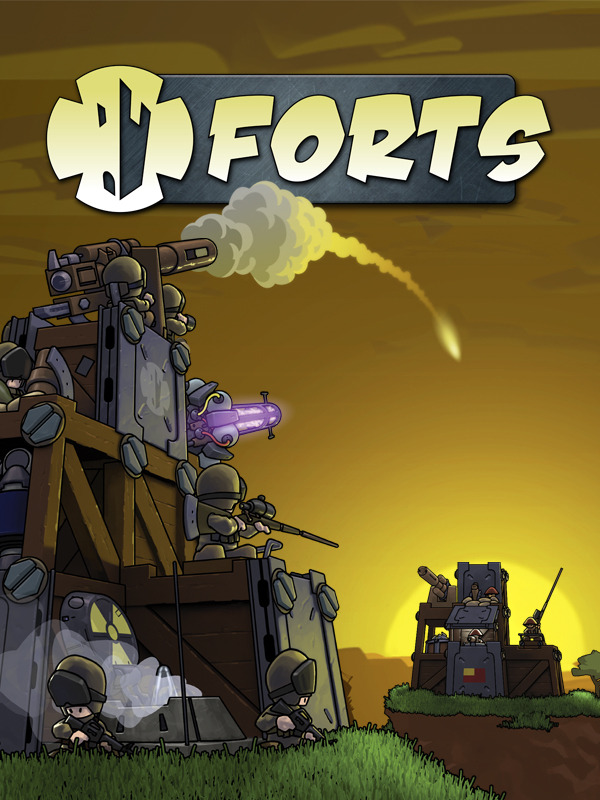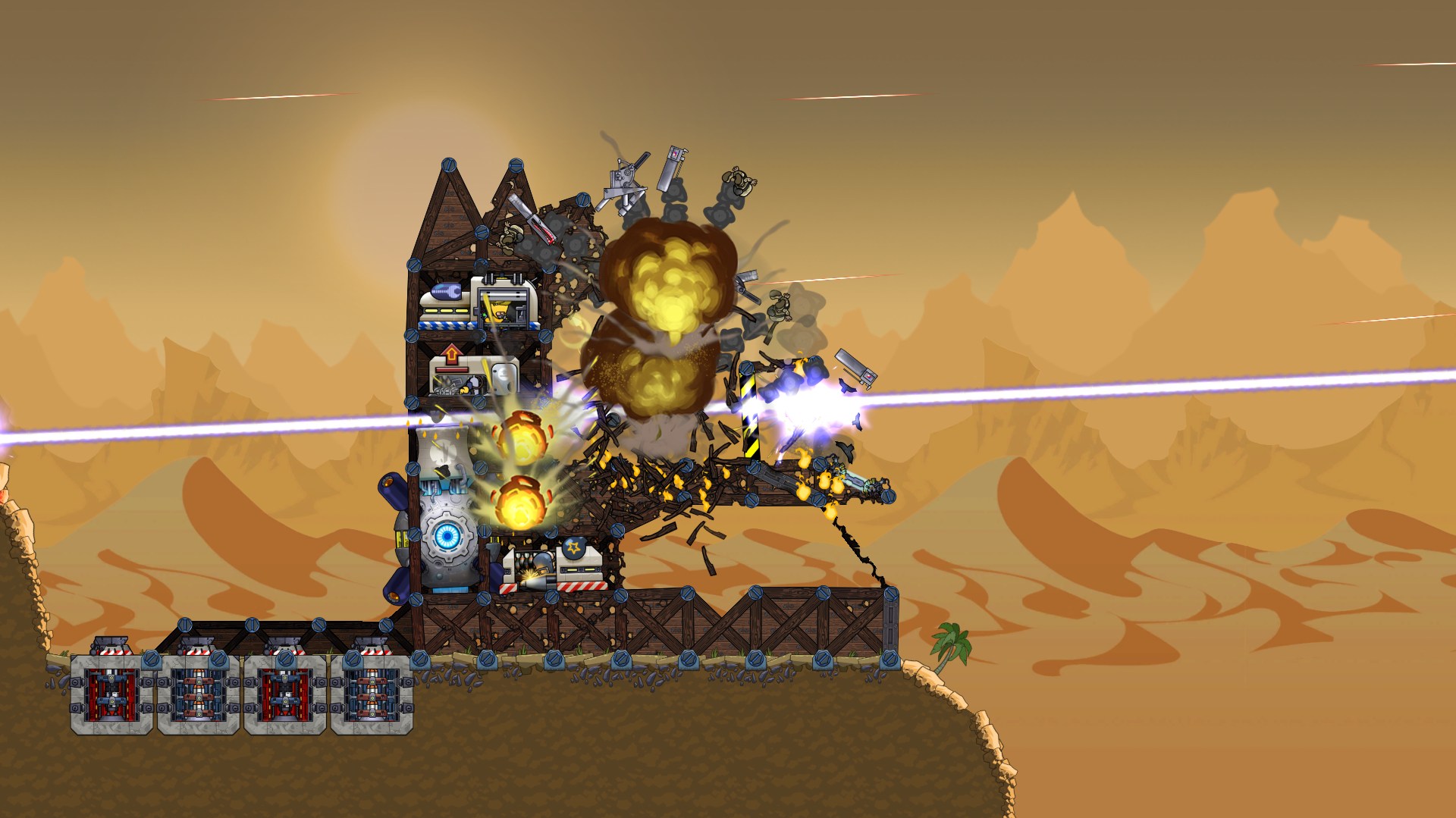

Despite Forts having an international setting, I see this kind of destructive, ramshackle humor as uniquely Australian. "It’s always fun to see things exploding or falling down, and people pulling their fort back from the brink of collapse," Auld says. Variety forces experimentation, keeping things interesting when you believe you’ve mastered optimal approaches to weapon use and build order. This is especially true in the campaign, where terrain may be asymmetrical and balanced against you. I tend to experience sudden collapse, like in World of Goo when I’ve foolishly stretched a little too far. Personally, I find it difficult not to rush building the actual structure of my fort. The pressure is off financially, but it’s on regarding supporting the community. We were running out of money and had to borrow from our family just to get by. A quick turnover gives people a chance to get revenge." We aimed for 15 to 20 minutes, so the balancing of the weapons and strength of the materials reflects that. Auld has spent a lot of time thinking about what RTS games need and, in addition to the visual drama Forts provides, he mentions that "the length of the matches helps to focus attention, too. It was an epiphany because you can easily model structures and have them collapse under fire." I ask Auld if he remembered Scorched Earth, but he cites explosive banana-throwing game Gorillas as an influence instead.Īlthough the team only started working again in earnest in 2013, there’s often great strength to ideas that evolve over time. "The second idea was to pop weapons into boxes. "I sat down, brainstormed and made some sketches," he says. We spent so many years on it, it feels like the right thing to do."Īuld originally started devising Forts in 2003, influenced by the physics-based play of Bridge Builder by Chronic Logic, and later Poly Bridge (opens in new tab).


We’re still supporting the game, fixing problems and adding new features. "Nothing prepares you for having tens of thousands of people playing with different configurations and internet.

Although Auld says that most players’ interest faded quickly, "It was useful to get feedback on bug fixing, balancing and design flaws."ĭespite this, he describes his confidence before launch modestly, as merely "an inkling" of success. Although eschewing Early Access "to prevent diffusing the news and hype value of the actual launch," as Auld explains, Forts ran a closed beta which firmed up a community of around 650 people. Other indies notable for significant sales, like Nuclear Throne (opens in new tab) and RimWorld (opens in new tab) for example, have cultivated positive buzz among communities by inviting them to play early in development. Players can also create and share maps or scenarios. Auld believes there are around 2,000 multiplayer matches still occurring per day, many within a community-created tournament, with players mostly in France, Germany, and the United States. As fun as it is to smash structures, my favorite approach is delegating the building, offensive, and defensive tasks co-operatively within a shared fort. Certainly, I’ve played Forts with friends.


 0 kommentar(er)
0 kommentar(er)
